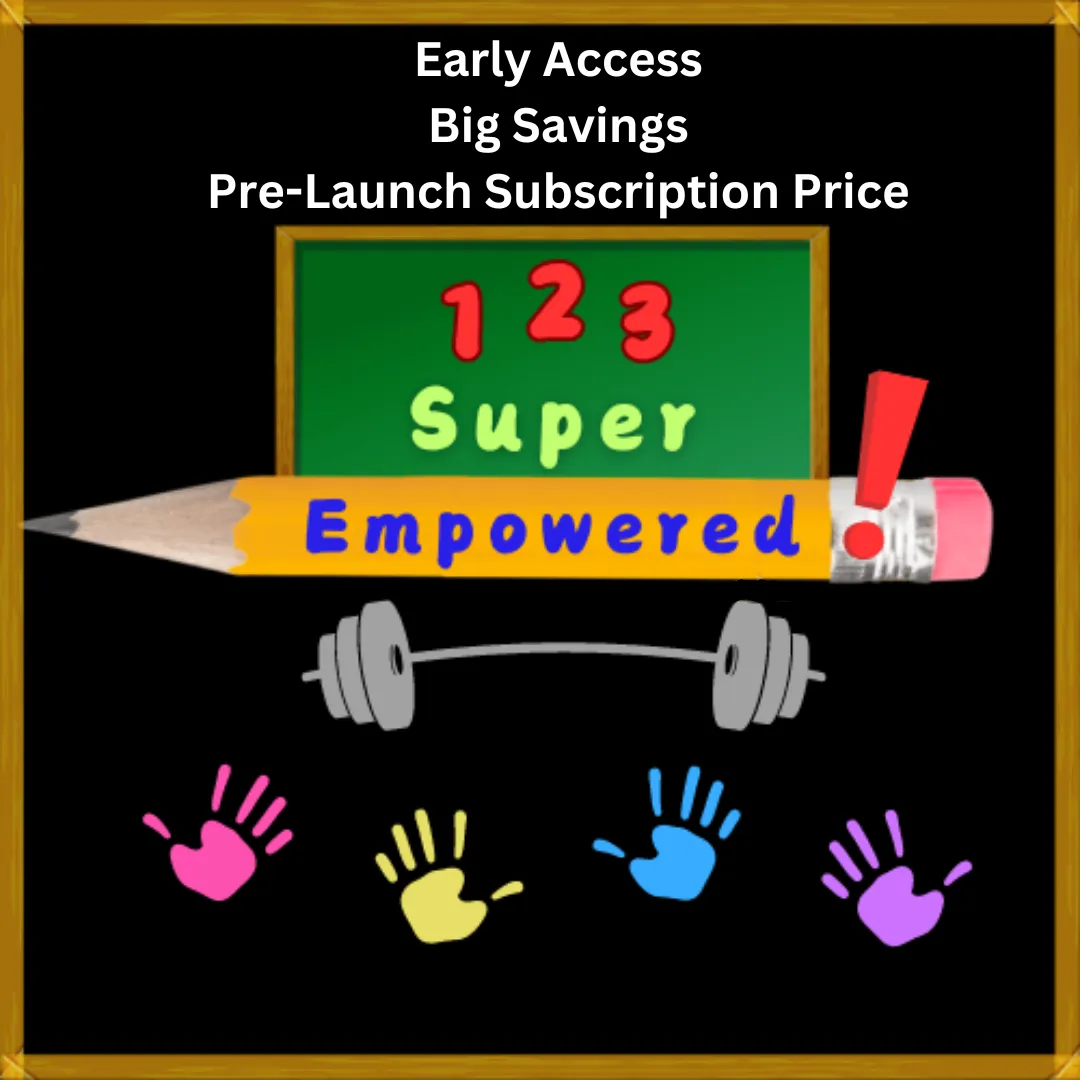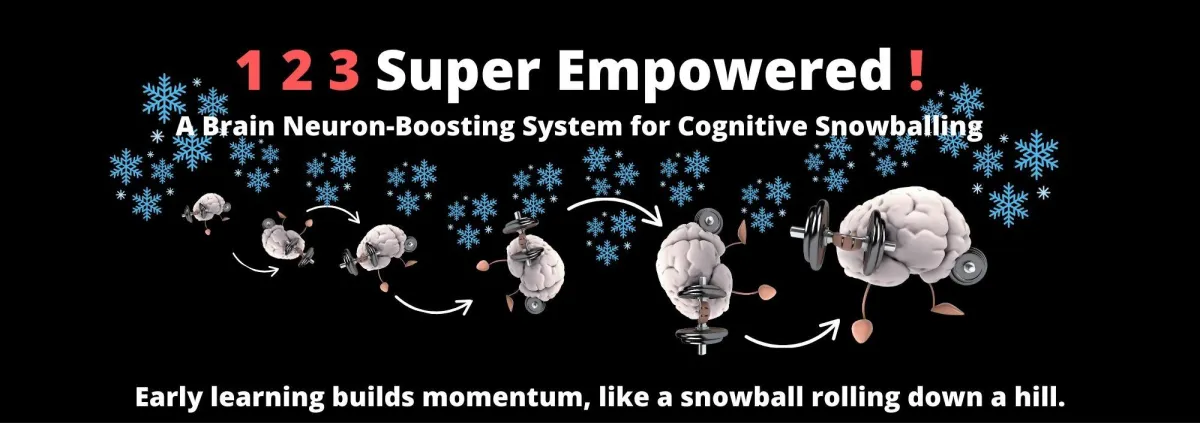Our Research!
Click the following links to learn the baby and childhood benchmarks in your area
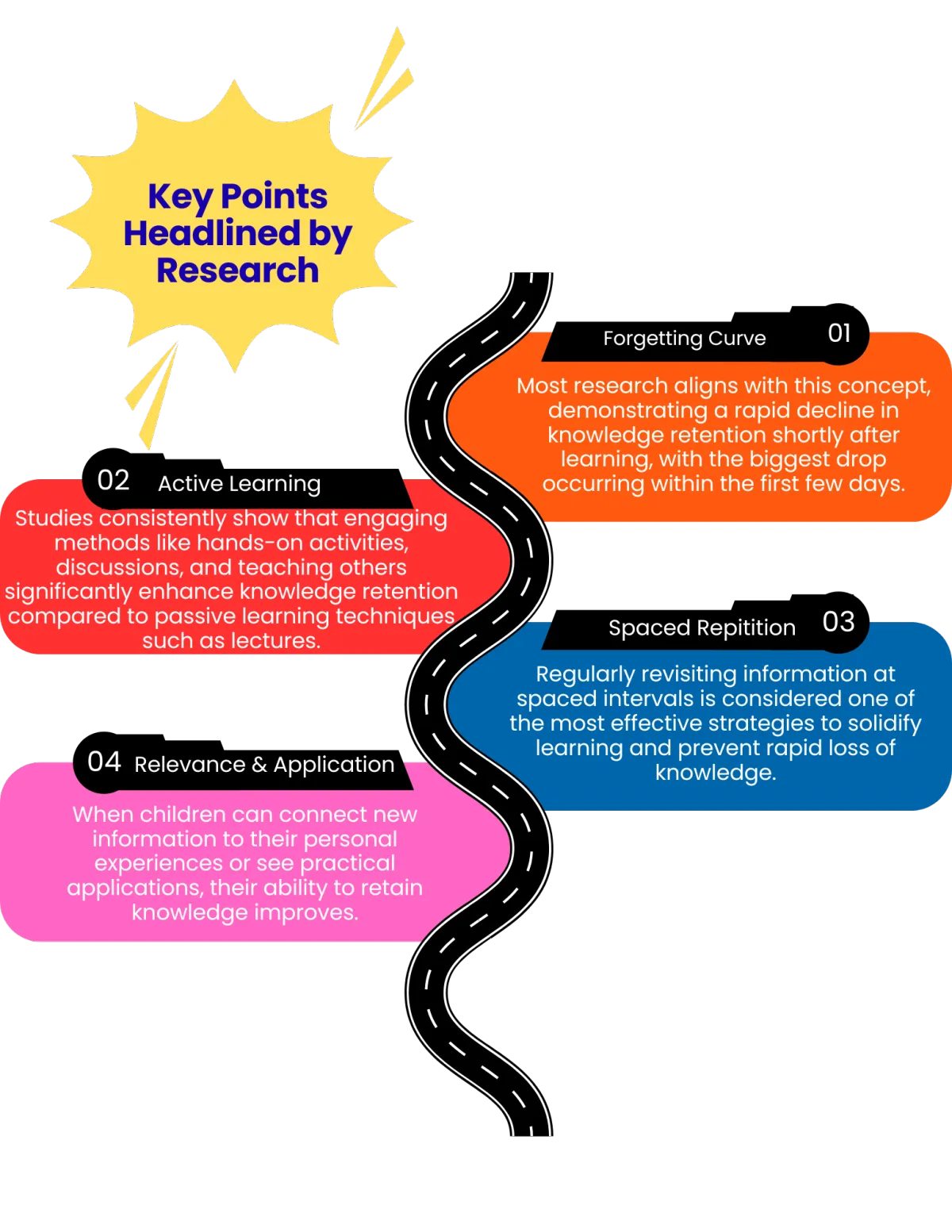
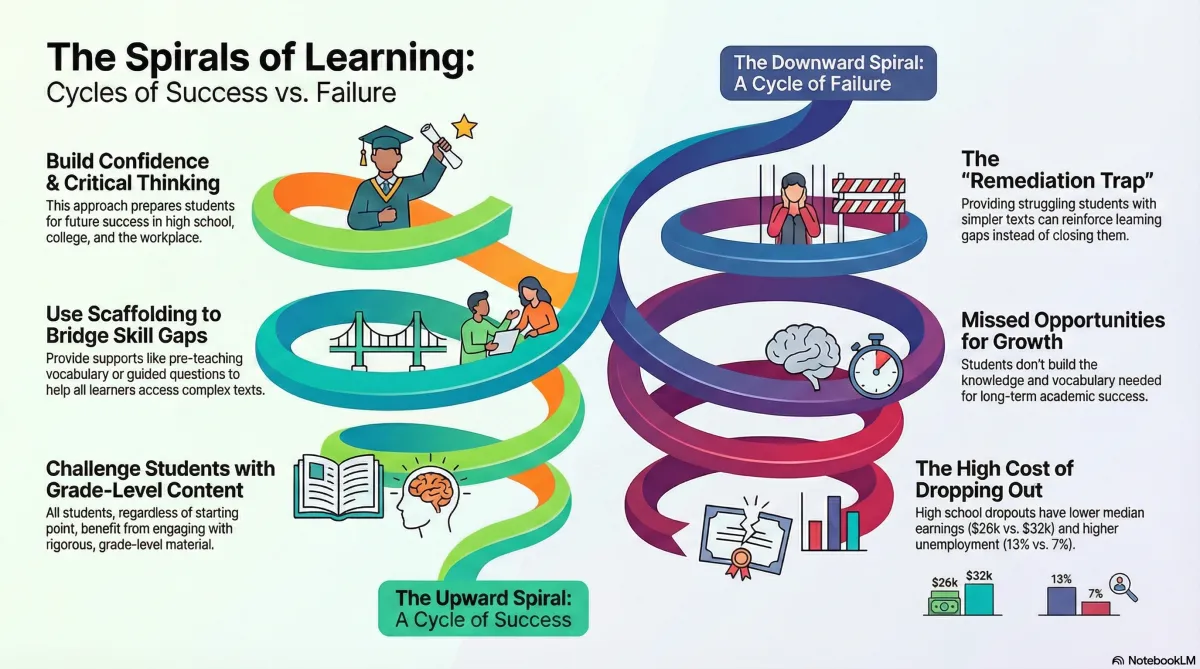
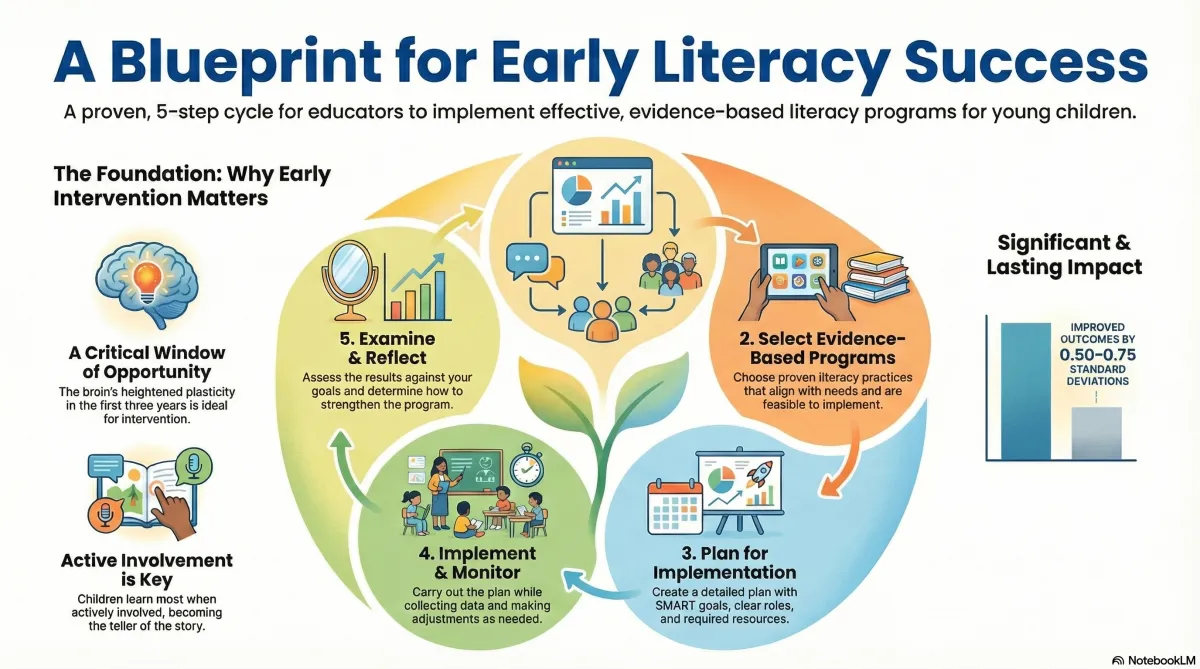
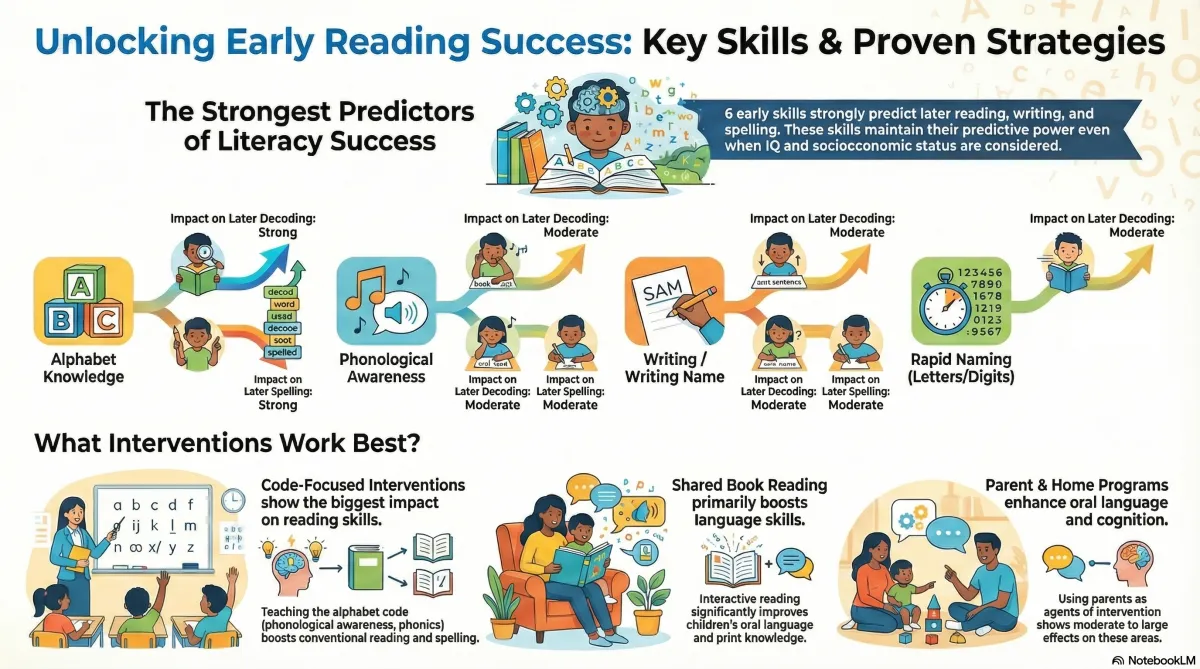
Other important factors to consider:
• Age - Younger children may forget things at a faster rate compared to older children.
• Individual differences - Learning styles and motivation vary between children, impacting how well they retain information.
• Learning Environment - A supportive and engaging classroom environment can significantly influence knowledge retention.
Click the button to the left to view links for all of our source material.
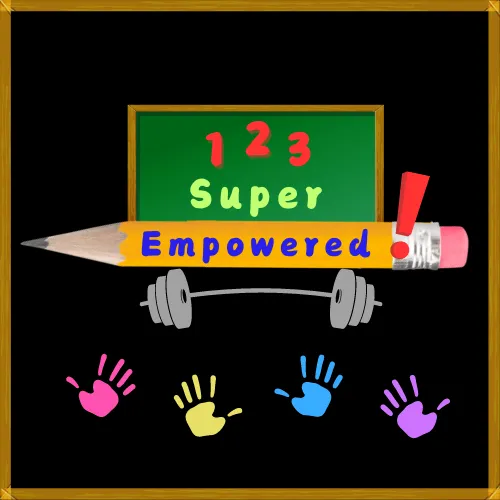
Video and sound by: Roman Parsonese and Aaron Sokoloff
Website created by:

